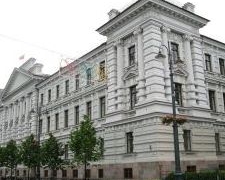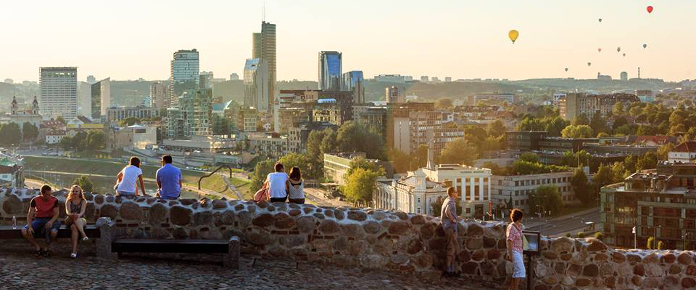
It was established in the building where the plans for deportation and the arrests of peaceful inhabitants, the persecution of opponents and the suppression of the resistance were devised and carried out by Soviet institutions between 1940 and 1991. For the whole Lithuanian nation this building is a symbol of the 50-year-long Soviet occupation. Set up in the former KGB headquarters, the museum is the only one of its kind in the former Soviet republics.
The museum was reorganised in 1997. By a resolution of the government of the Republic of Lithuania, dated 24th March 1997, the responsibility for running the museum was taken over by the Genocide and Resistance Research Centre of Lithuania. The museum’s objective is to collect, keep and present historical documents about forms of physical and spiritual genocide against Lithuanian people and the ways and the extent of the resistance against the Soviet regime.
- The KGB prison. The Soviet Union occupied Lithuania on June 15, 1940 having accused Lithuania of not keeping the treaty for mutual assistance. People not loyal to the occupiers were arrested, killed or deported to Siberia. To persecute people, special institutions were established and the network of prisons and detention centres was widened.
- The former execution camera. Between 1944 and the early 1960s more than a thousand prisoners were killed in the execution chamber in the basement of the central KGB building.
- Lithuanian civilians in soviet prisons and labour camps: 1944–1956. In the second half of 1944, after the Soviet Union occupied Lithuania again, the repression of peaceful inhabitants of the country was immediately renewed.
- The KGB: 1954–1991. Although in the 1950s the political regime that was introduced by Stalin started to weaken, a newly established repressive institution – the KGB – went on persecuting dissidents.
- The Popular Anti-Soviet Resistance: 1954–1991. After the armed resistance had been suppressed, people continued to fight the system imposed by the Soviets, its ideology and the way of living.
- Eavesdropping room. The secret listening to other people’s conversations was one of the measures used by the KGB to control society.
Information for visitors:
Auku St. 2A, LT-01113 Vilnius, Lithuania
www.genocid.lt/muziejus/en
Opening hours:
Wednesday-Saturday 10am to 6pm; Sunday 10am to 5pm:
Monday, Tuesday: closed
Entrance for adults – 6 Lt
50% discount for pupils, students, retired people (with presentation of the appropriate document).
Free admission for museum professionals, disabled people, children under 7 years old, teachers and guides leading organized groups. Entrance to the museum is free of charge for the tourists with the Vilnius City Card.





